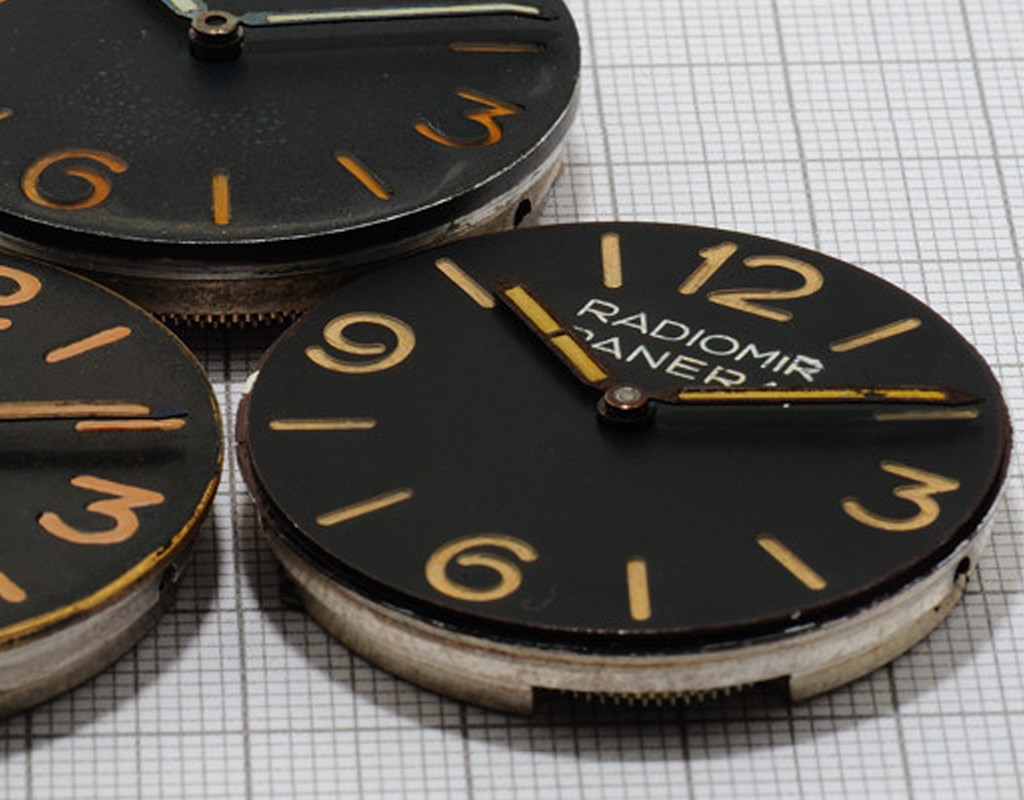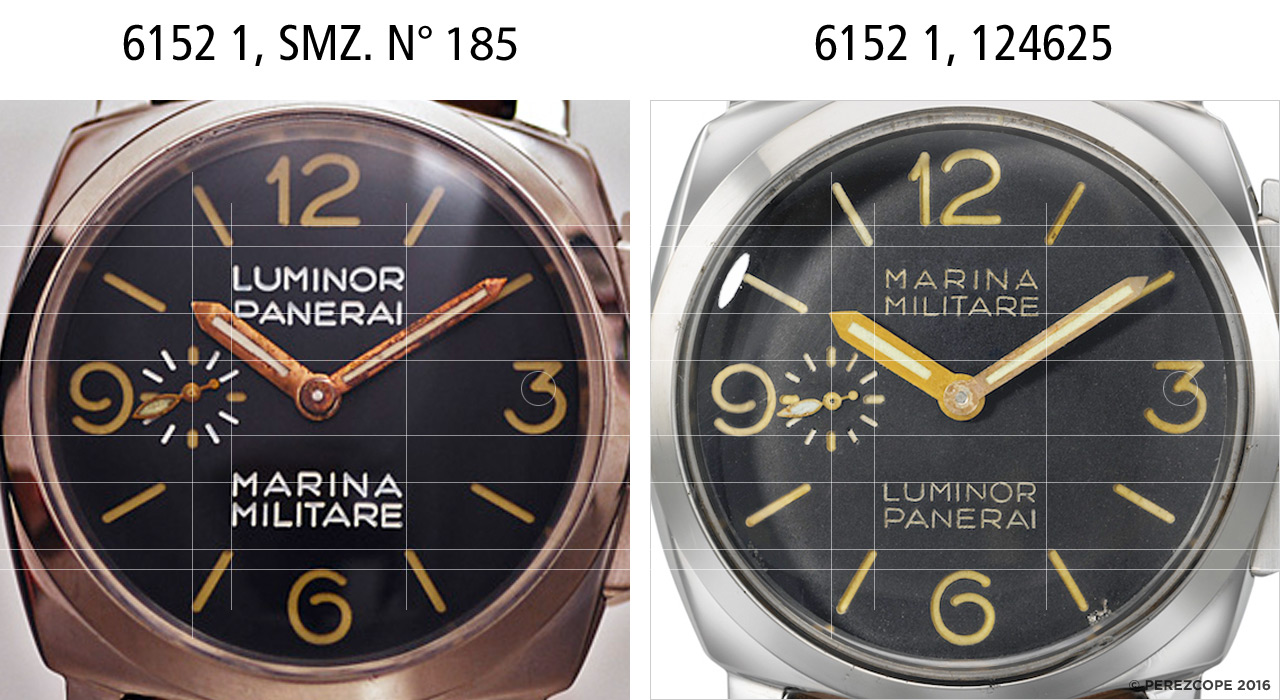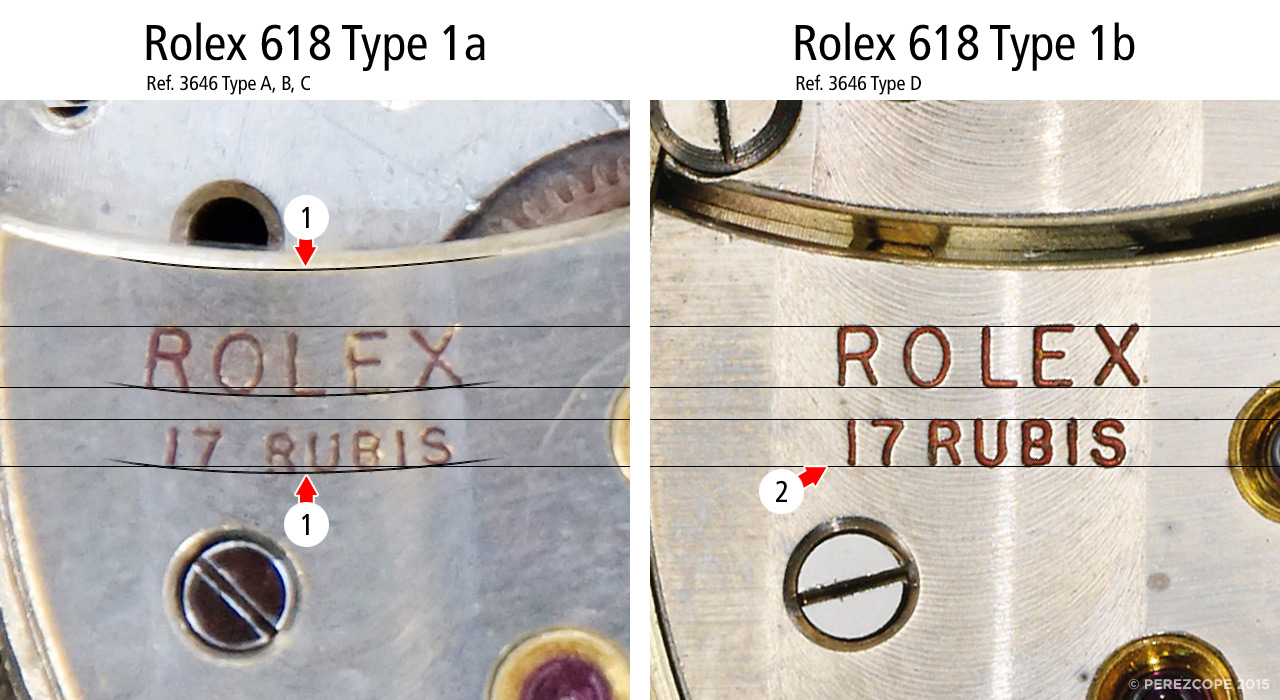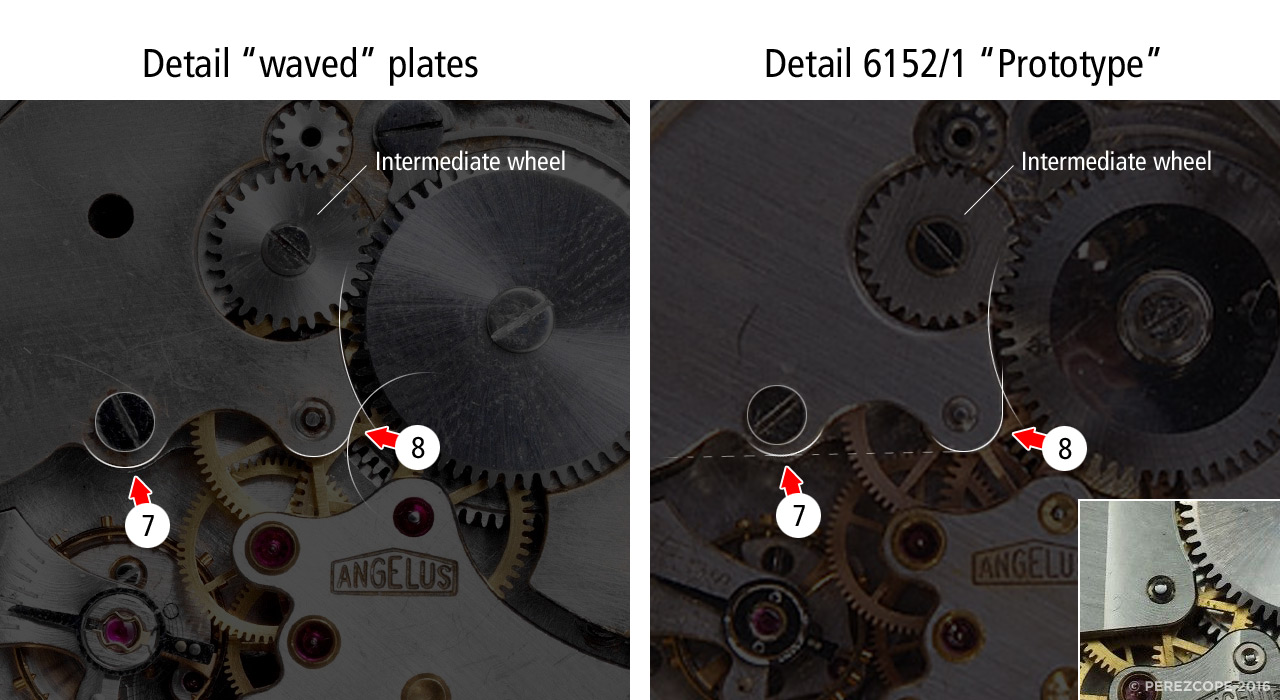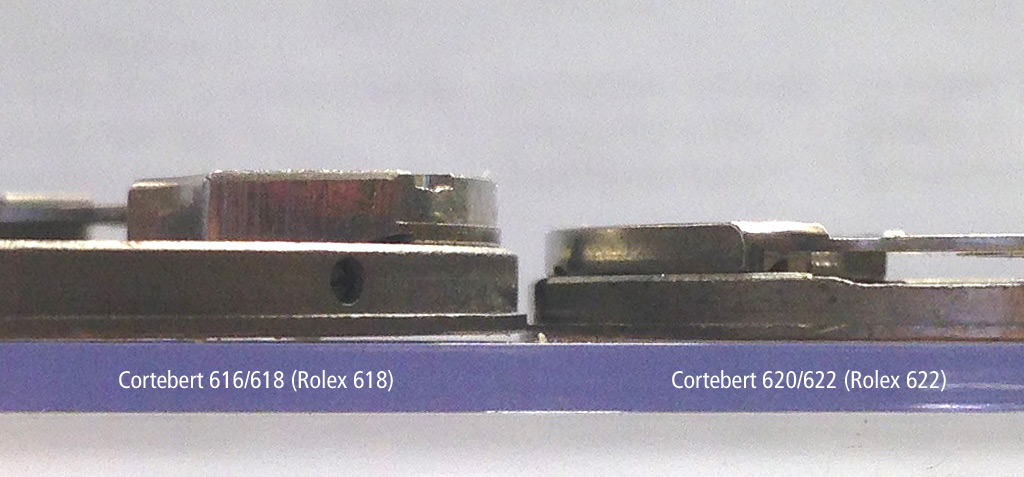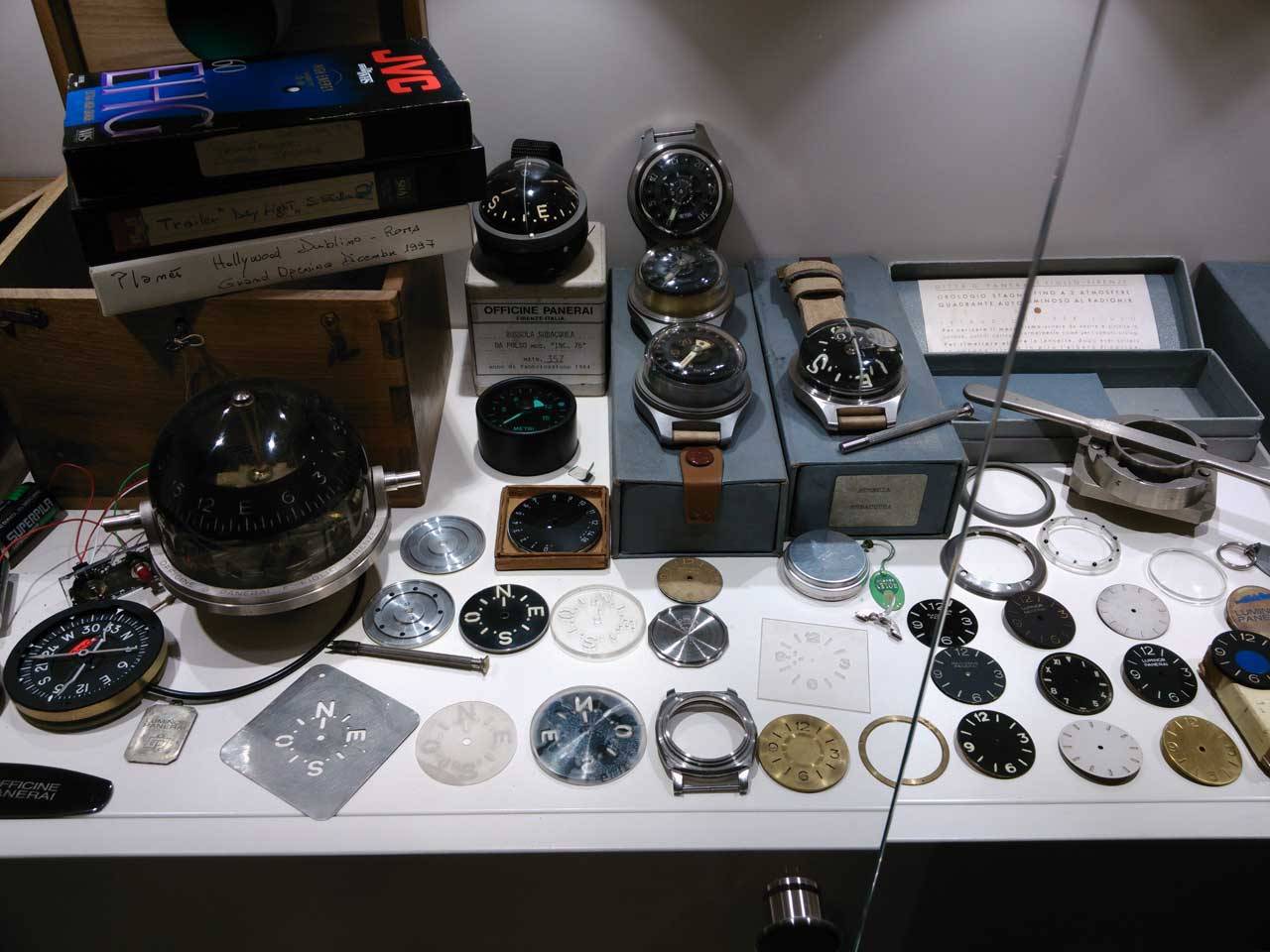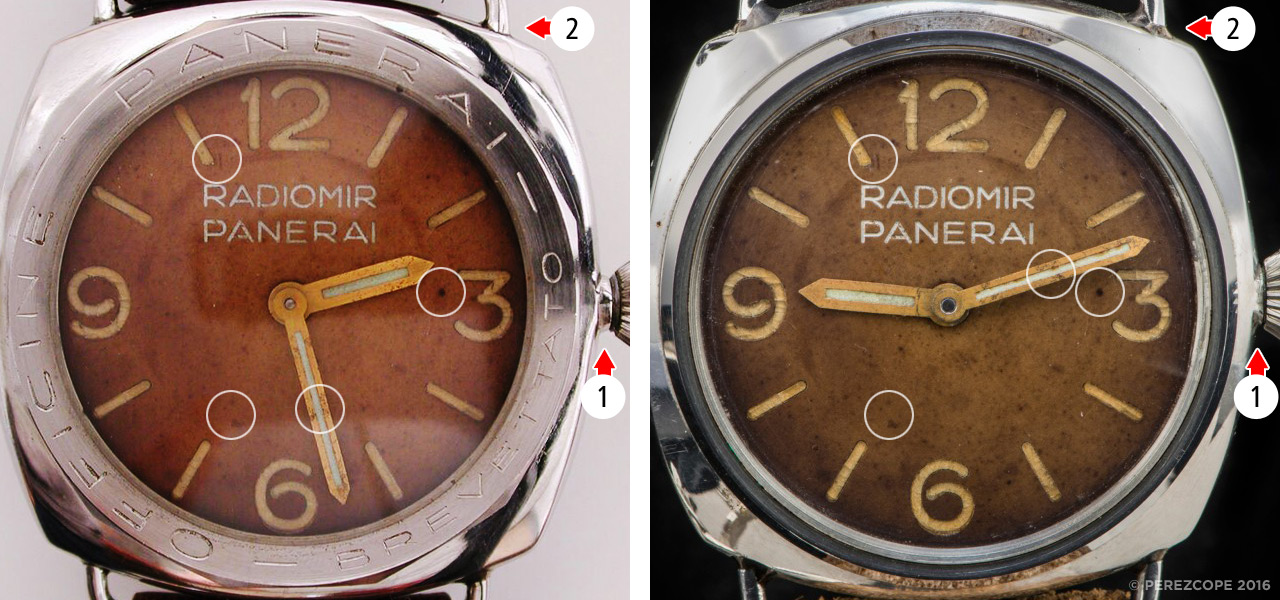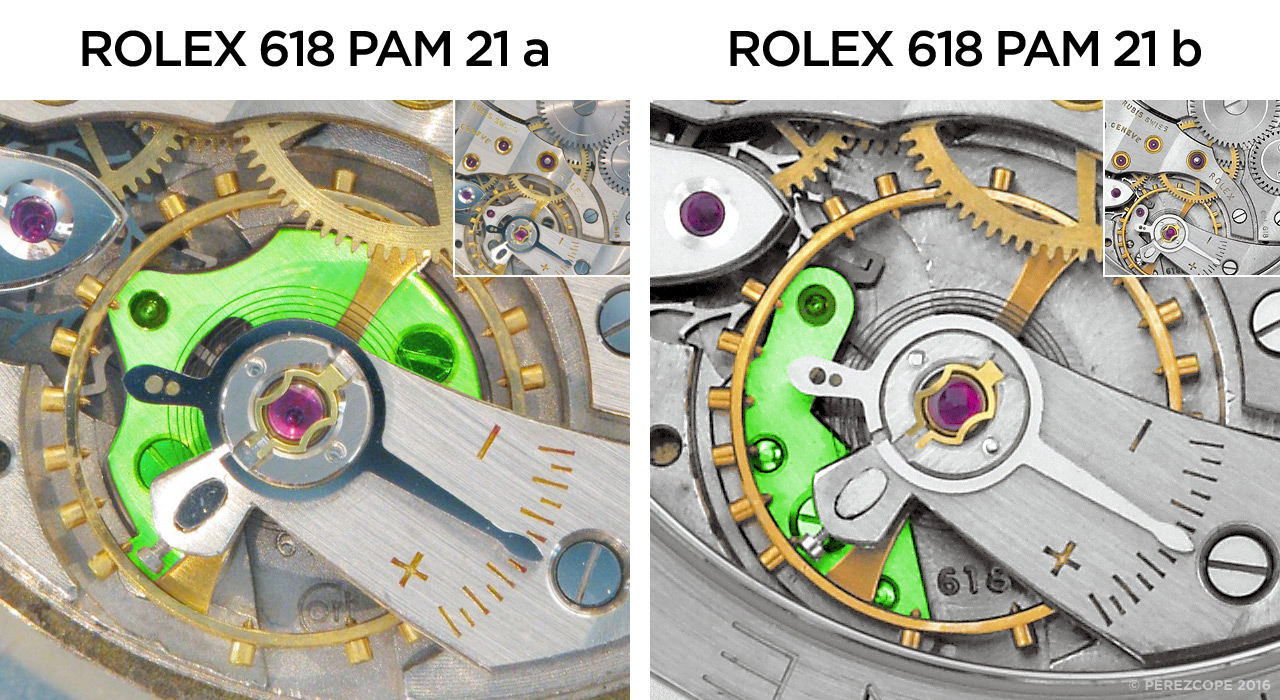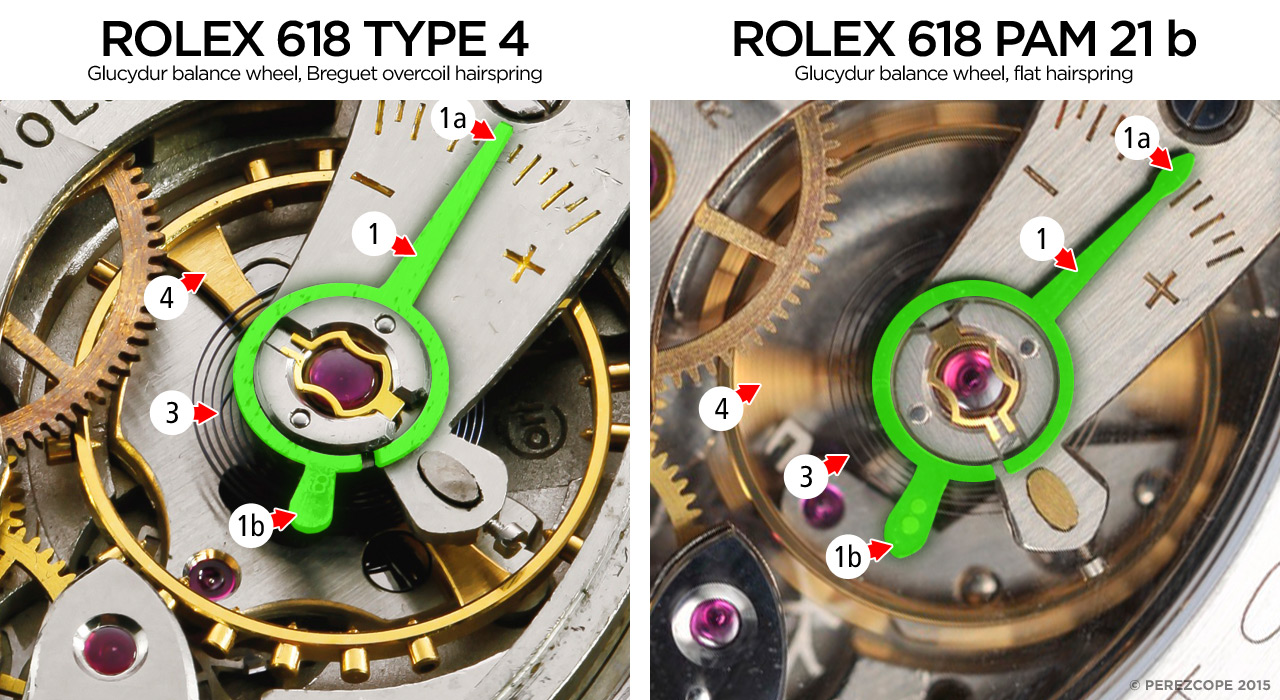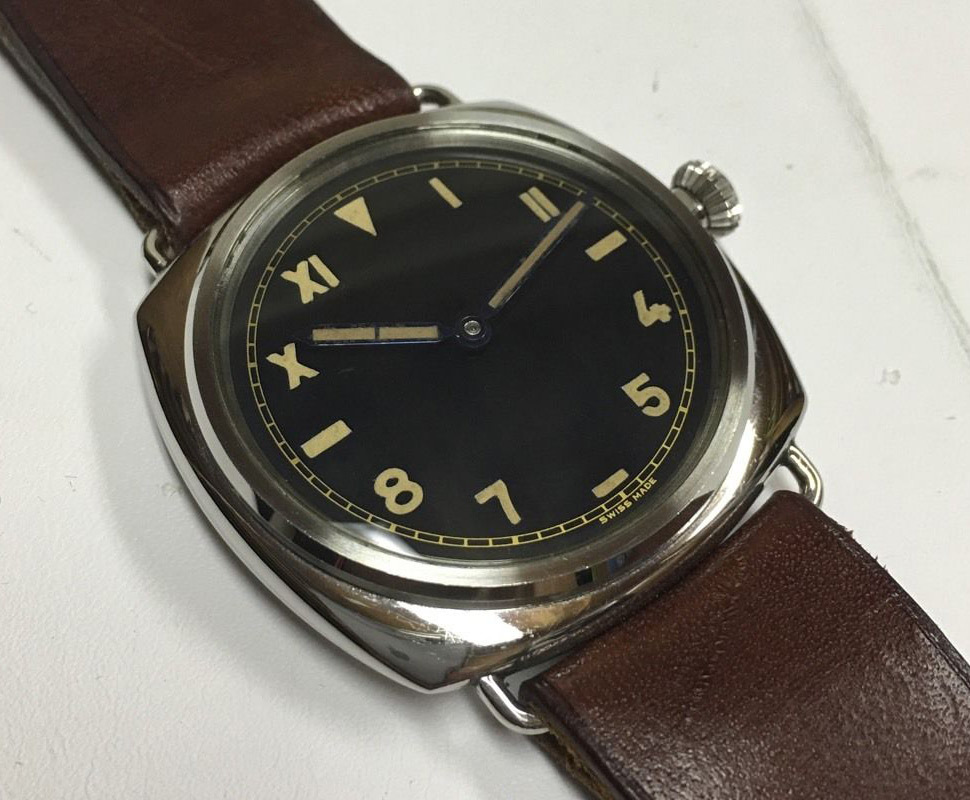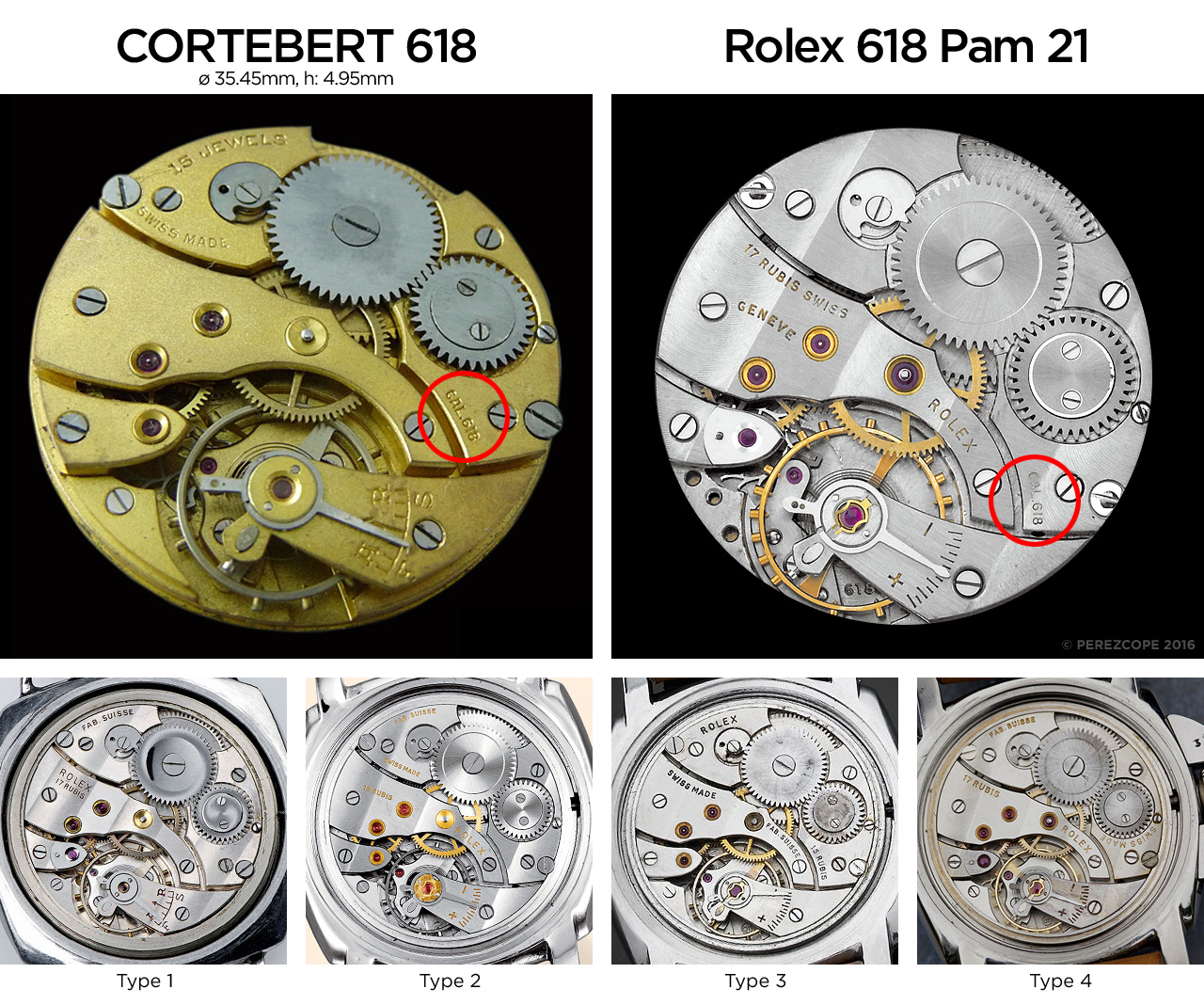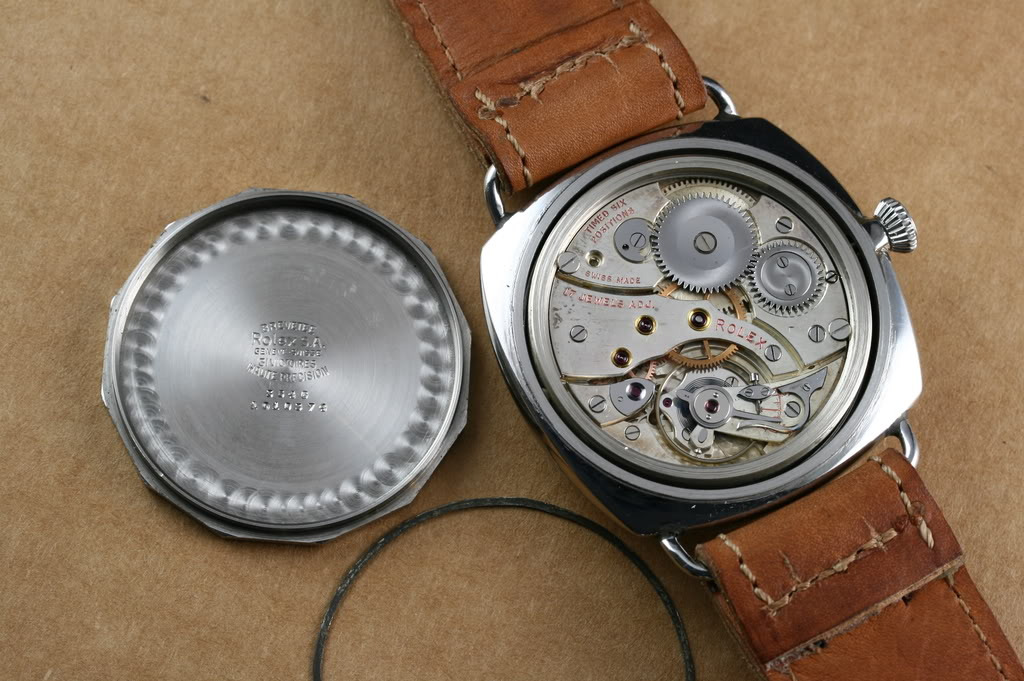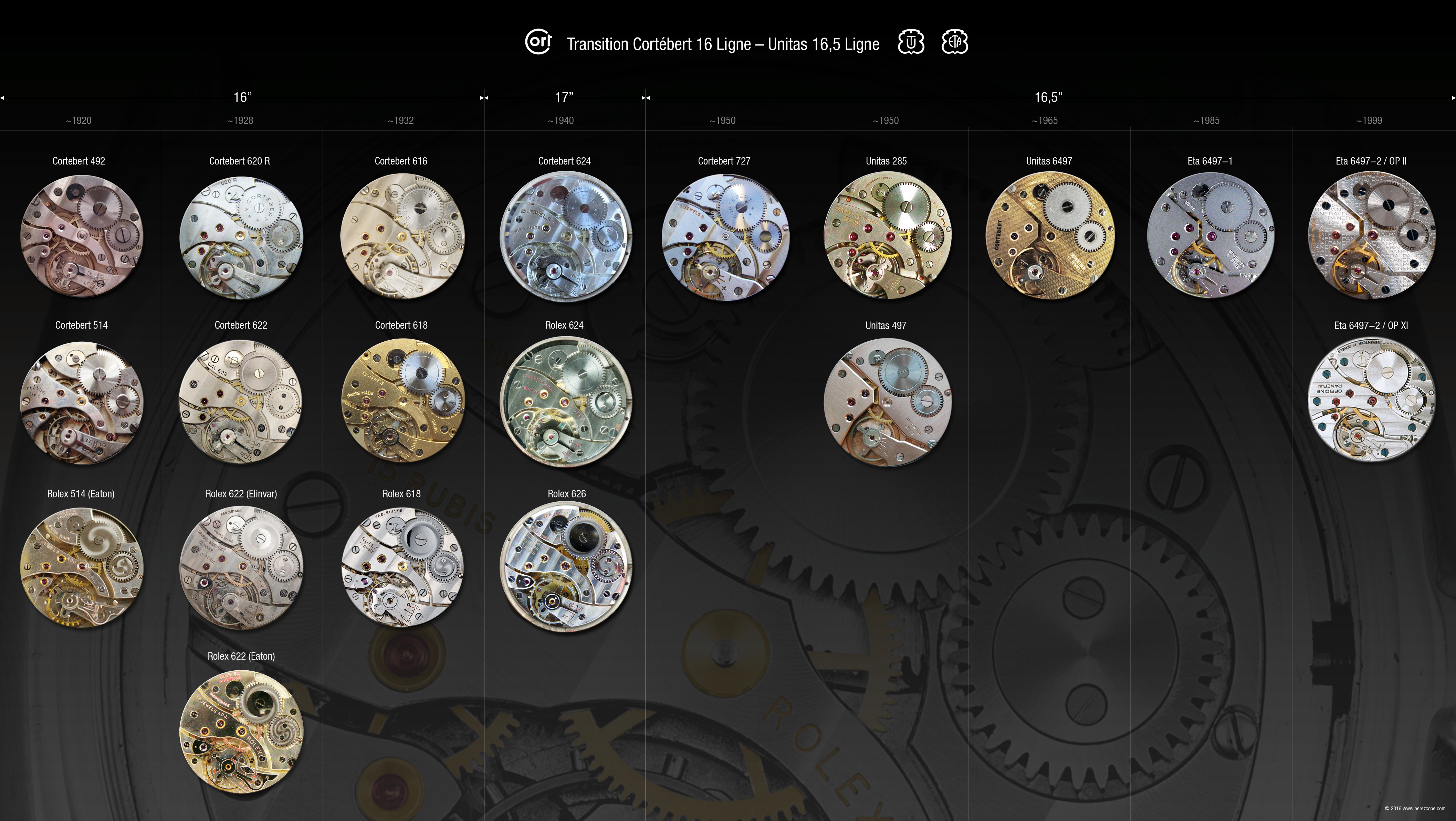 AA: Are there certain vintage Panerai models that you feel are particularly important and worth mentioning to anyone who likes watches and history?
AA: Are there certain vintage Panerai models that you feel are particularly important and worth mentioning to anyone who likes watches and history?
JP: In my opinion, and from a historical standpoint, the watches that saw action during WW2, in particular, Ref. 3646, are the most important ones. I never understood why later watches fetched higher prices at auctions. The crown protecting device, which was added to the Rolex cases, is of course iconic and therefore highly desirable. That being said, it is important to take into consideration the fact that those watches were only used for training purposes and have only seen simulated missions.
AA: Panerai’s history is inextricably linked to Rolex, and yet the company today is shy to ever talk about it. Are they properly protecting the integrity of their brand, or is there a missed opportunity?
JP: This is a very good question. Richemont Panerai is a modern watch company and has interest in selling as many watches as possible. This goal is difficult to achieve by advertising another brand.
Richemont released two official history books in 1997 and 1999 and sticks very persistently to the little information that was available back then.
AA: You question the authenticity of a lot of vintage Panerai models. How frequently do you encounter fakes or “Franken-watches?” Are some of these innocent attempts at restoration, or is there also deceitful intent at work?
JP: As I mentioned before, I have built a database with more than 400 well-documented watches. The number of watches which have been heavily manipulated and built from parts in a time frame from 1993 until today is genuinely alarming. These are not innocent attempts at restoration. These cobbled-together pieces defraud not only buyers but also the fans of this fantastic brand, because they reflect the actual technical and artisanal history in an incorrect way, thus causing damage to both, Rolex and G. Panerai e Figlio.
AA: Many vintage Panerai watches are sold by auction houses who outwardly vet provenance and condition. Are they communicating enough about these watches, or is the concept of caveat emptor very much at play?
JP: Auction houses rely on available publications and established experts. Conducting your own research, the way I do, is very time consuming. For many years, it was believed that with vintage Panerai, everything is possible, since they were military watches. There is certainly a grey area, but what I have discovered goes far beyond that.
For military frogmen, these watches were nothing but a tool that was part of their equipment. Interviews with veterans made clear that they did not remember which reference they actually wore. These pieces underwent maintenance and service in order to be kept in use. Movements, crowns, dials and hands were replaced or exchanged as required.
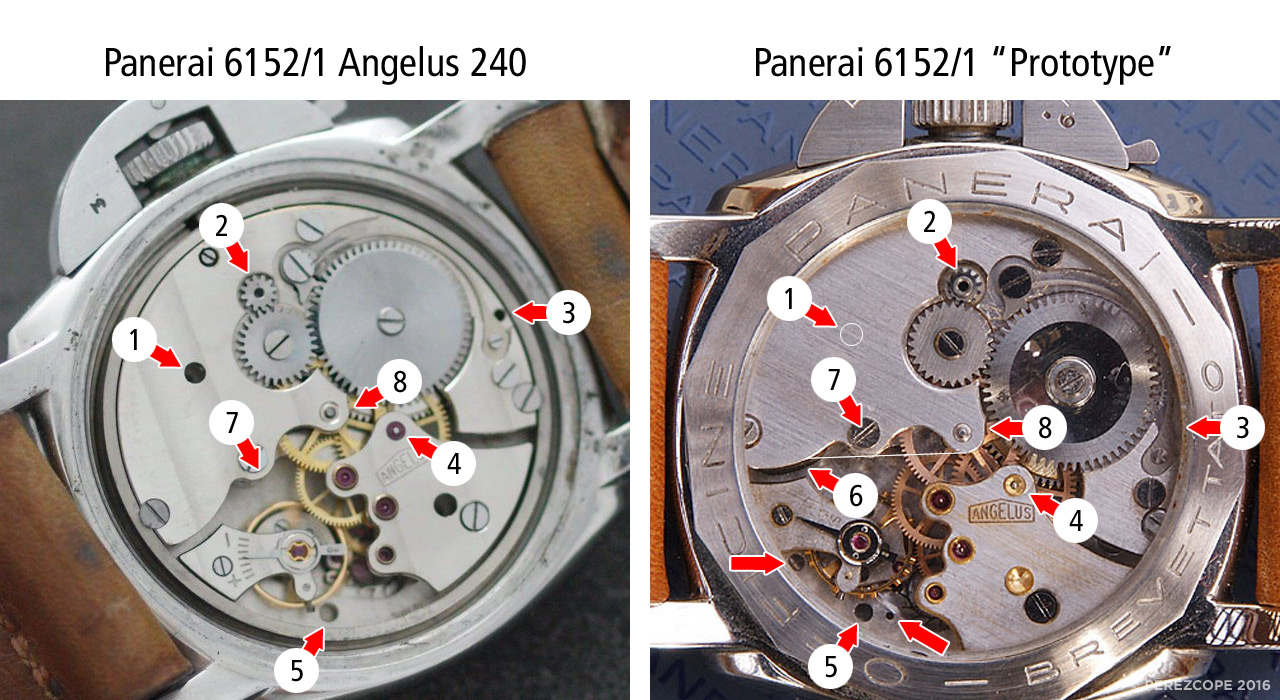
Many of these watches entered the market in the 1980s after they were no longer used by the military forces. Certain batches of Ref. 3646 or movements did not bear any kind of Rolex stamp or engraving. Ironically, some owners would go to their watchmakers and ask for Rolex engravings or Rolex coronets for the dials just to show they owned a Rolex.
This is a natural part of their history and can be accepted as a grey area.
Heavy manipulation combined with history distortion started in the early 1990s. During this period, there was almost no information available about these watches. Hence, this vacuum created a fertile soil for all kinds of legends and myths.
It is imperative for potential buyers, who are prepared to spend a large sum of money on a watch, to do their homework. Since my blog went online, I have been contacted by several collectors seeking advice and asking for my opinion. I hope that my blog will contribute to helping enthusiasts make well-informed investment decisions.
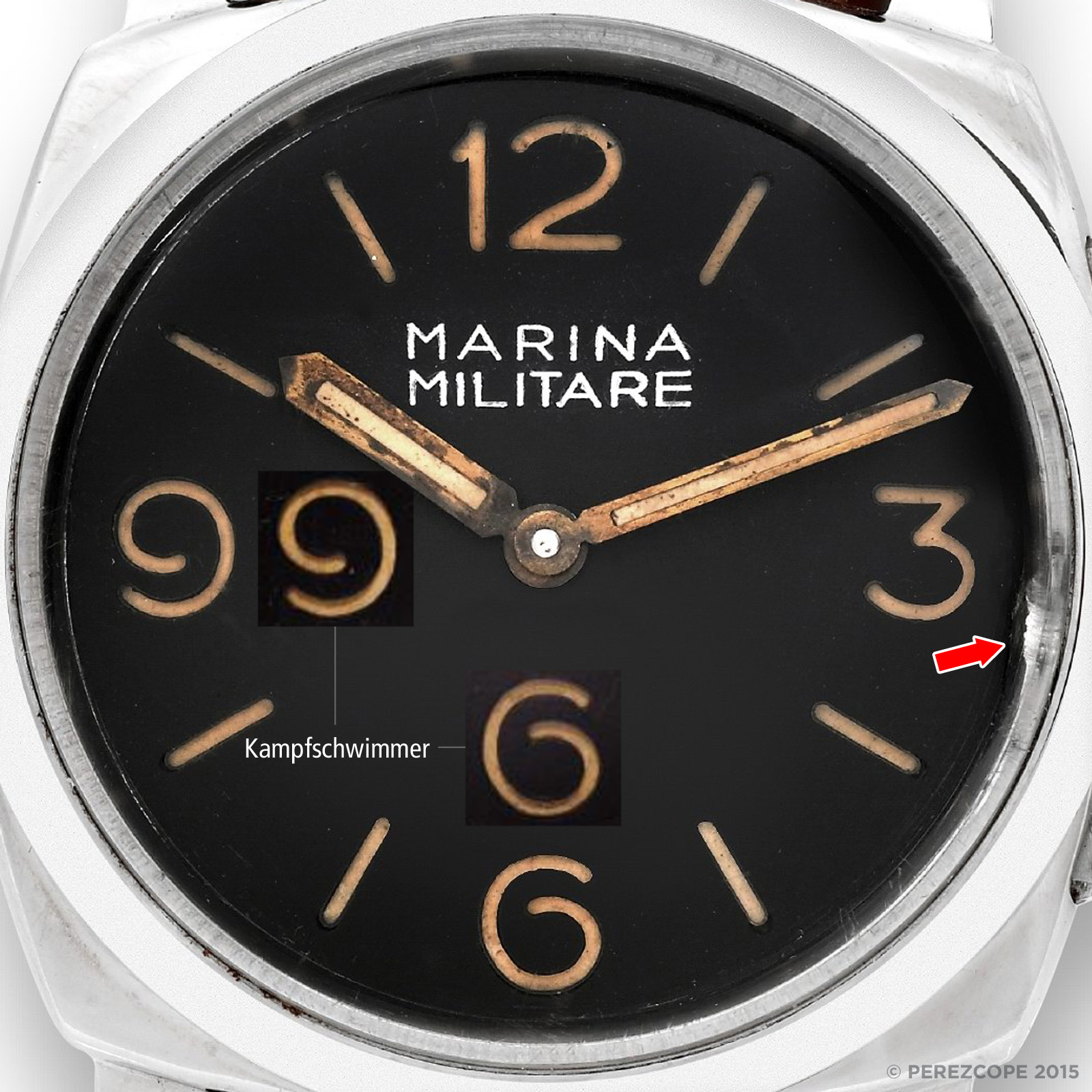
AA: Are vintage Panerai watches worth looking for to acquire from a collecting standpoint, or are all the good pieces taken making the pursuit mostly a spectator sport?
JP: There are vintage Panerai watches which I consider to be almost entirely original. Some of them were found with the original frogmen or their families. These watches are, of course, highly collectible but most certainly already tightly gripped in collectors’ hands. It will be difficult and pricey to get ahold of them. A prospective buyer must also consider the possibility that he might not only be bidding against other collectors but also against a consortium of collectors or even a watch fund for these specific pieces.
AA: Are there watches today or types of watches produced by Panerai which, in your opinion, have the future potential to be richly sought-after collectibles?
JP: There are certainly interesting pieces around. A Fiddy, for instance, the Bronzo, or La Bomba are important watches and will always be sought after. Watches like the Pam 203 with Angelus 240 movement or Pam 21 with Rolex 618 are interesting too, although I don’t fully comprehend the provenance of their movements.

